Will the physical keyboard of Apple devices disappear in the future?
The USPTO recently released Apple’s patent application brings us this possibility.
The patent is about a new type of haptic system. The system uses a type called Static Pattern Electrostatic Haptic Electrodes technology that allows people to abandon physical keyboards and make virtual keyboards on the screen It has a real touch.
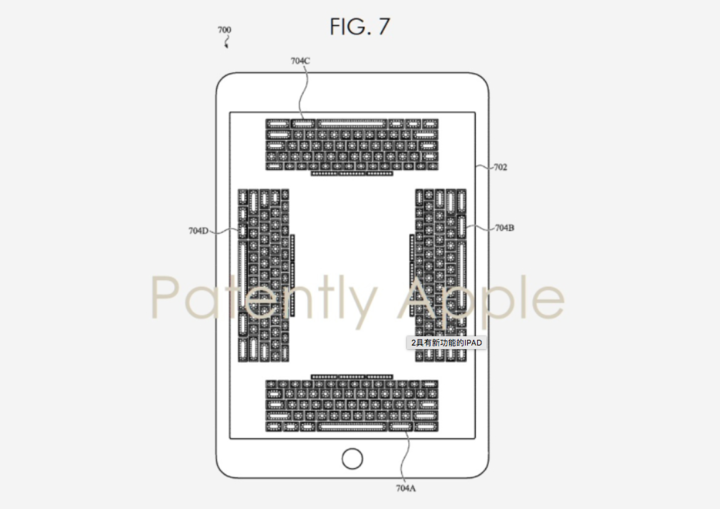
Specifically, this technology works by placing electrodes on the surface of a virtual keyboard. Each “button” will have one or more of its own electrodes, and the electrodes will be able to change polarity to attract or repel. The surface of the finger.
Variable friction occurs when a conductive object (such as a finger) moves over an insulating material by applying a controlled voltage to the “static pattern electrostatic haptic electrode.”
This change in friction allows one to feel the mechanical operation when pressing the virtual keyboard, as if it were a real keyboard.
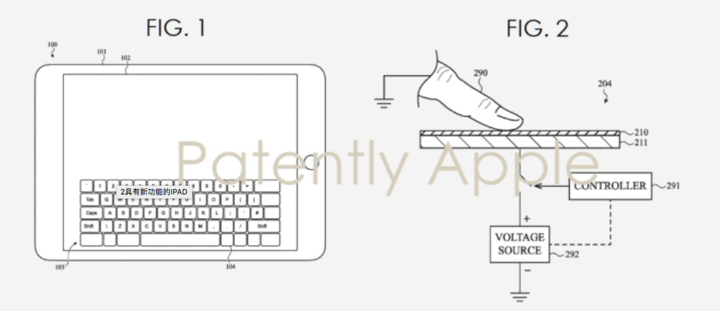
So, how can a virtual keyboard “find” them with their fingers without looking at the keyboard?
First, these electrodes have different densities on the virtual keyboard, static charge weakest, giving people a sense of depression; the more toward the edge, the more static charge, allowing people to actually “press” to each button; and between each button, there is no charge, This can make people feel the feeling of gap between the buttons.
In theory, people will be able to use this device to “touch input” and experience a layered feel like a real keyboard.
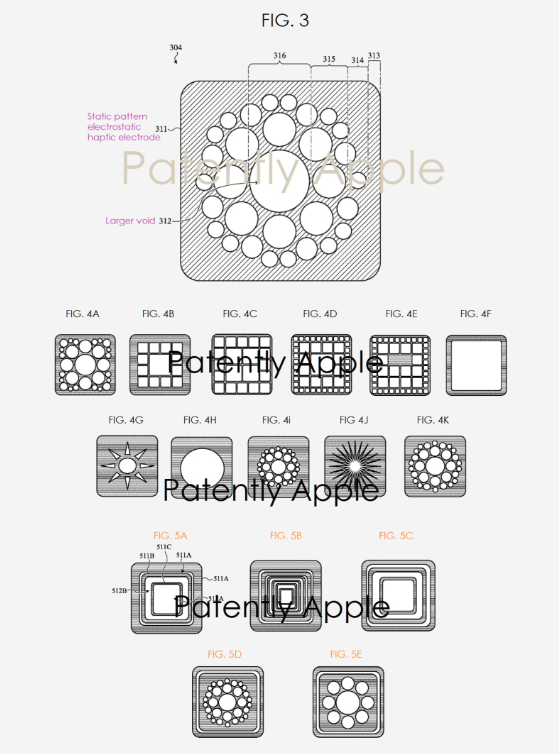
In the past few years, Apple has not stopped applying for technology patents for keyboards, but the physical keyboard has never disappeared.
After all, it is indispensable for computer users. Not only because of the convenience of people typing the keyboard and input content, but also because people have a natural passion for tactile feedback and button sounds.
But this patent proposes a neutral solution that not only solves people’s need for real physical touch, but also brings the benefits of virtual screens to people.
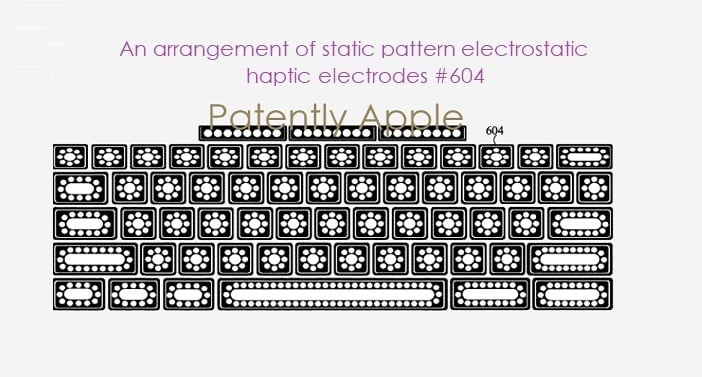
For example, it won’t be damaged like a physical button. People don’t have to worry about a glass of water falling on the keyboard. The MacBook will be black. This virtual keyboard will also be highly customizable according to individual needs.
And the virtual keyboard will also make the MacBook’s physical keyboard-equipped devices even thinner, because it lacks the keyboard and brings more internal space to other hardware components.
Although the images shown in this technology are all on the iPad, the application documentation shows that the new technology device examples include “PC, smartphone, tablet, wearables, kitchen appliances, etc.” Limited to size, it does not seem to be suitable for use on the iPhone, but more suitable for iPad or MacBook, and perhaps the future iPad will become a dual-screen device like the Surface Neo.
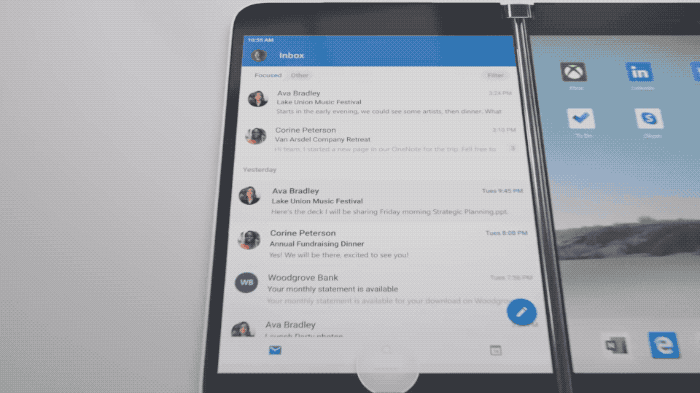
Although Apple has applied for a patent for this virtual keyboard technology, if it does, we may have to wait for a long time.
After all, Apple has not yet created a prototype of electrode tactile feedback, and there are few practical experiences, but in the past few years, Apple has been gradually Get rid of the physical button on the device.
From the iPhone Home button to the virtual button, toIn 2016, it disappeared directly on the iPhone X; from the MacBook Pro’s mechanical trackpad to Force Touch, to 2016, Apple replaced the first row of function keys on the keyboard with the Touch Bar… These seem to be completely based on the screen for the future. The interaction is getting ready.
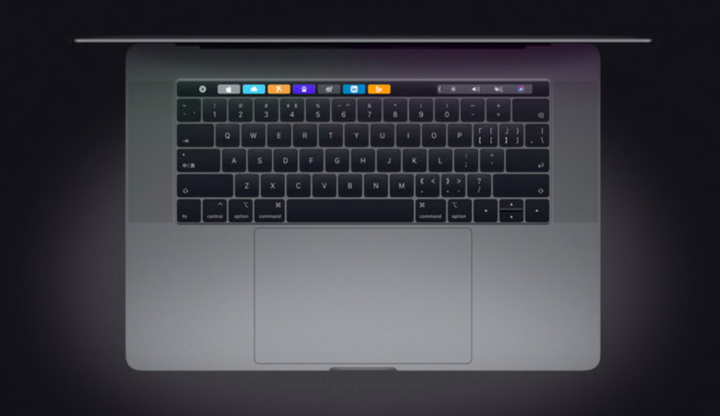
In the industry point of view, last month, Asus released a touch dual-screen notebook ZenBook Pro Duo, this week Microsoft also launched a press conference, launching two dual-screen devices Surface Neo and Surface Duo .
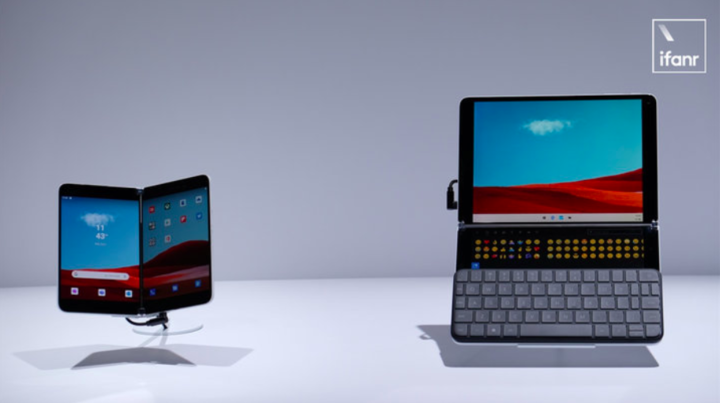
▲ The Surface Duo phone on the left and the Surface Neo phone on the right
More and more devices, as well as new operating technologies, will bring people a better keyboard experience. The physical keyboard may not disappear completely, but it seems to be slowly being eliminated. On the road.
The title map is from: Unsplash